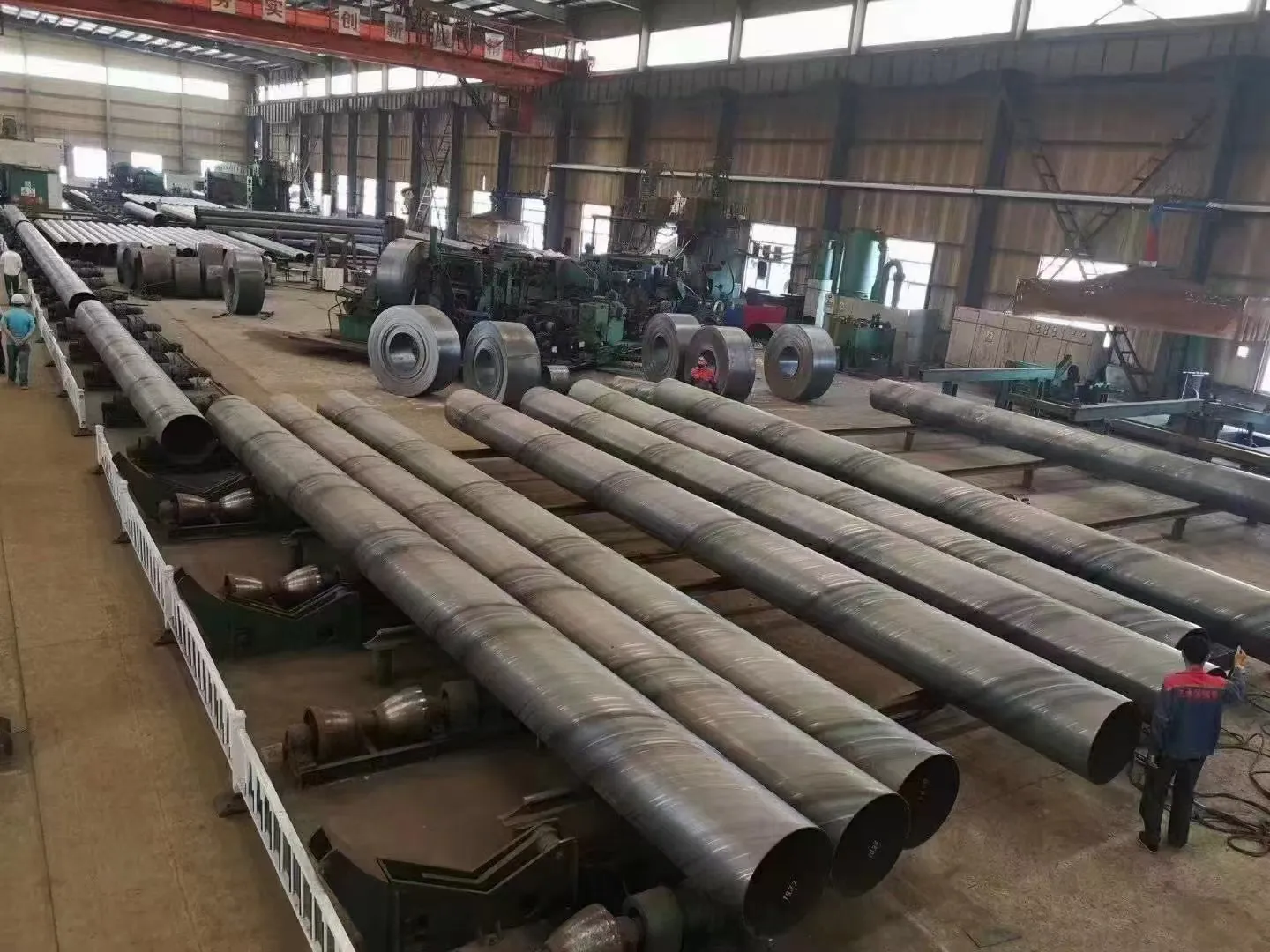-
Cangzhou Yulong Steel Co., Ltd.
-
Phone:
+86 13303177267 -
Email:
admin@ylsteelfittings.com
- English
- Arabic
- Italian
- Spanish
- Portuguese
- German
- kazakh
- Persian
- Greek
- French
- Russian
- Polish
- Thai
- Indonesian
- Vietnamese
- Zulu
- Korean
- Uzbek
- Hindi
- Serbian
- Malay
- Ukrainian
- Gujarati
- Haitian Creole
- hausa
- hawaiian
- Hebrew
- Miao
- Hungarian
- Icelandic
- igbo
- irish
- Japanese
- Javanese
- Kannada
- Khmer
- Rwandese
- Afrikaans
- Albanian
- Amharic
- Armenian
- Azerbaijani
- Basque
- Belarusian
- Bengali
- Bosnian
- Bulgarian
- Catalan
- Cebuano
- China
- China (Taiwan)
- Corsican
- Croatian
- Czech
- Danish
- Esperanto
- Estonian
- Finnish
- Frisian
- Galician
- Georgian
- Kurdish
- Kyrgyz
- Lao
- Latin
- Latvian
- Lithuanian
- Luxembourgish
- Macedonian
- Malgashi
- Malayalam
- Maltese
- Maori
- Marathi
- Mongolian
- Myanmar
- Nepali
- Norwegian
- Norwegian
- Occitan
- Pashto
- Dutch
- Punjabi
- Romanian
- Samoan
- Scottish Gaelic
- Sesotho
- Shona
- Sindhi
- Sinhala
- Slovak
- Slovenian
- Somali
- Sundanese
- Swahili
- Swedish
- Tagalog
- Tajik
- Tamil
- Tatar
- Telugu
- Turkish
- Turkmen
- Urdu
- Uighur
- Welsh
- Bantu
- Yiddish
- Yoruba

Nov . 27, 2024 10:11 Back to list
Creating Innovative Solutions with a Modern Pipe Manufacturing Approach
The Art of Pipe Manufacturing A Deep Dive into the Pipe Factory
The production of pipes is a fascinating blend of artistry and engineering, governed by precision and innovation. In the heart of each pipe factory lies an intricate dance of machinery, skilled labor, and quality control, all working harmoniously to produce one of the most fundamental components used across various industries. Whether for plumbing, industrial applications, or even decorative purposes, the journey of a pipe from raw materials to finished product is a testament to human ingenuity and resilience.
At the outset of pipe manufacturing, the raw materials are key. Depending on the intended use of the pipes, factories may utilize a variety of substances, including metals such as steel or copper, plastics like PVC, or even more specialized materials like fiberglass. The selection of material is crucial, as it directly affects the pipe's durability, performance, and application. Once sourced, these raw materials undergo a series of processes.
The first step typically involves melting, especially for metal pipes. In this phase, the raw metal is heated in a furnace until it reaches a molten state. This liquid metal is then poured into molds to create pipe shapes, which, after cooling, take on the desired dimensions. This method is known as casting. Alternatively, for plastic pipes, the raw materials undergo a process called extrusion, where they are heated and forced through a die to create long, continuous lengths of pipe.
After forming, the pipes require further treatment. For metal pipes, processes such as annealing — a heat treatment that alters the physical properties — enhance their strength and flexibility. Additionally, metal pipes often undergo galvanization, where a protective zinc coating is applied to prevent corrosion. For plastic pipes, cooling and cutting into specified lengths is essential, followed by surface treatment to ensure smooth finishes that facilitate assembly and enhance aesthetics.
pipe factory

Quality control is paramount in any pipe factory. Each batch of pipes undergoes rigorous testing to meet industry standards and safety regulations. This may include pressure tests to assess strength, visual inspections for surface anomalies, and, in some cases, chemical analysis to ensure that the material composition is as specified. These stringent quality measures ensure that the pipes can withstand the stresses of their intended applications, be it high-pressure water systems or structural supports.
The customization of pipes is another intriguing aspect of pipe manufacturing. Many factories now utilize cutting-edge technology, including computer numerical control (CNC) machines, to create bespoke dimensions and shapes. This ability to customize is increasingly important in industries that require specific standards or adaptations, such as the aerospace, automotive, and construction sectors. Moreover, advanced software allows for precise modeling and simulation, enabling manufacturers to refine designs before physical production begins.
Sustainability has also become a vital focus in contemporary pipe factories. With growing awareness of environmental impacts, many manufacturers are adopting eco-friendly practices. This may include the recycling of scrap materials, the use of biodegradable plastics, or the implementation of energy-efficient machinery. The drive towards sustainability not only helps to reduce the ecological footprint of pipe production but also appeals to an increasingly environmentally-conscious consumer base.
In conclusion, the process of pipe manufacturing within a factory is a complex interplay of materials, technology, craftsmanship, and rigorous quality assurance. As industries continue to evolve, so too will the methods and techniques employed in pipe production. The future of pipe factories promises advancements that marry efficiency with sustainability, ensuring that these essential components will continue to support infrastructure and industry for generations to come. From the initial selection of raw materials to the final stages of quality testing, the journey of a pipe is not just a manufacturing process; it is a reflection of human innovation and our commitment to improving the world around us.
Latest news
-
ANSI 150P SS304 SO FLANGE
NewsFeb.14,2025
-
ASTM A333GR6 STEEL PIPE
NewsJan.20,2025
-
ANSI B16.5 WELDING NECK FLANGE
NewsJan.15,2026
-
ANSI B16.5 SLIP-ON FLANGE
NewsApr.19,2024
-
SABS 1123 FLANGE
NewsJan.15,2025
-
DIN86044 PLATE FLANGE
NewsApr.19,2024
-
DIN2527 BLIND FLANGE
NewsApr.12,2024
-
JIS B2311 Butt-Welding Fittings LR/SR 45°/90° /180°Seamless/Weld
NewsApr.23,2024











